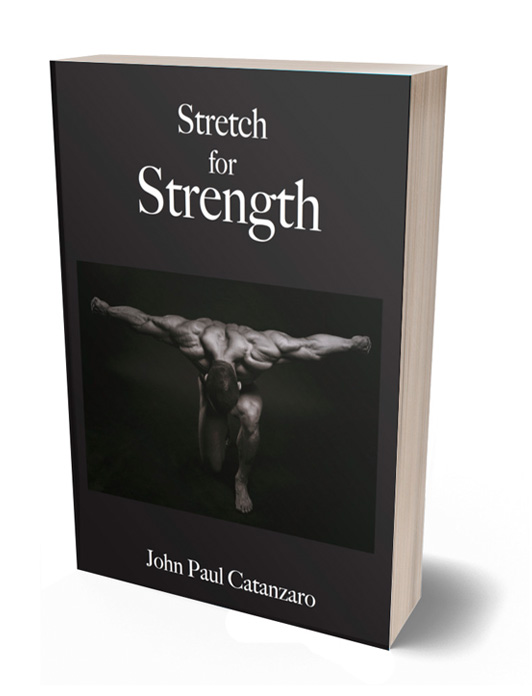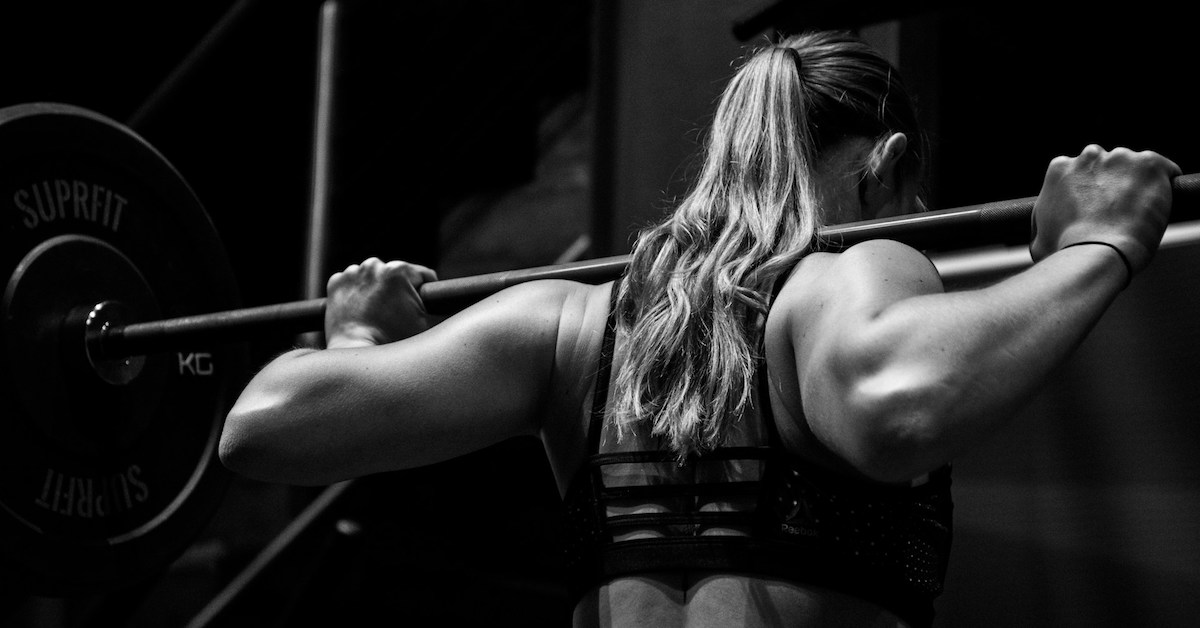By JP Catanzaro
Originally published: September 23, 2014 – Updated for 2025
Want to boost flexibility, prevent injuries, and optimize performance? Stretching is an essential tool—but only if done correctly. Follow these key do’s and don’ts to stretch smarter, not harder.
The Do’s of Effective Stretching
✅ Use Static Stretching to Maintain Flexibility
Static stretching (e.g., Bob Anderson’s classic approach) won’t drastically improve flexibility unless done multiple times daily for weeks. However, it can maintain range of motion (ROM) and has strategic uses, such as:
- Reducing tension in overactive muscles. Example: If your upper traps are tight and cause you to shrug during rows, stretching them beforehand can improve movement mechanics.
- Easing discomfort from deep massage or trigger point therapy. Stretching hypertonic muscles before soft tissue work can reduce pain.
- Reinforcing new ROM after massage therapy. Stretching post-massage helps separate adhered muscle layers and lock in gains.
✅ Pair Stretching with Strength Training
Got a strong chest but tight calves? Stretch your calves between bench press sets. This balances flexibility training with your workout.
✅ Incorporate Traction for Joint Health
Traction-based stretching can expand ROM and relieve joint compression. Example: When performing a supine hamstring stretch on a partner, hold their ankle with a firm (lumbrical) grip rather than relying on your shoulder.
✅ Target the Right Part of the Muscle
A hamstring stretch can hit different areas depending on technique:
- Muscle belly: Bend the knee, round the back, or point the toes.
- Fascia: Lock the knee, keep the back straight, and flex the foot toward the shin.
- Tendons (not recommended!): Contract the hamstrings while stretching. Avoid this—tendons resist stretching and overstretching can reduce speed and power.
✅ Stretch Postural Muscles
Poor posture leads to muscle shortening. Common culprits:
- High heels? Your calves are probably tight.
- Typing all day? Your fingers stay in flexion.
- Sitting too much? Your hip flexors are likely shortened.
✅ Decompress the Spine After Heavy Lifting
Squats and overhead presses compress the spine, leading to temporary height loss. Hanging from a pull-up bar with knees lifted can counteract this.
✅ Use Closed-Chain Stretches Over Open-Chain Stretches
Closed-chain stretches mimic natural movements and improve flexibility more effectively than open-chain stretches. Example: Instead of stretching your hamstrings by propping your heel on a bench, perform a standing toe-touch stretch.
✅ Observe Athletes Stretching
Trainers take note: Athletes instinctively stretch tight muscles more. Watching their habits can reveal imbalances.
✅ Stretch as a Diagnostic Tool
Use stretching tests to identify potential nerve impingements. Example: The Straight Leg Raise Test helps diagnose sciatic nerve irritation.
✅ Use Manual Stretching When Needed
Some muscles—like the pec minor—require assisted stretching from a trained practitioner for effective release.
✅ Stretch Surrounding Muscles for Greater ROM
Example: The IT band is tough to stretch directly. Instead, focus on the quads, hamstrings, tensor fasciae latae, and gluteus maximus to loosen tension.
✅ Utilize a Variety of Stretching Methods
Different methods work best at different times. Try:
- Dynamic stretching (before workouts)
- Static stretching (after workouts)
- PNF stretching (for maximum flexibility gains)
As sports scientist Dr. Mel Siff put it:
“Favor not one single method of stretching but combinations of them at the right time!”
The Don’ts of Stretching
❌ Don’t Hold a Stretch Longer Than 15 Seconds Under High Tension
Holding a stretch too long can cause hypoxia (oxygen deprivation), which may lead to connective tissue buildup and reduced flexibility. Short, multi-angle stretches work best.
❌ Don’t Expect Static Stretching to Dramatically Improve Flexibility
Research by Peter Magnusson (1996) shows that increased ROM comes from improved stretch tolerance, not actual muscle length changes. Instead, strength training through a full ROM is a more effective way to enhance flexibility.
❌ Don’t Stretch First Thing in the Morning
Your spine swells with fluid overnight, making early-morning stretching risky, especially for the lower back. Wait at least one hour after waking.
❌ Don’t Exit a Stretch the Same Way You Entered
Releasing a stretch incorrectly can negate the benefits. Instead, use a different movement path to exit the stretch safely.
❌ Don’t Static Stretch Before Strength Training
Static stretching before lifting sedates muscles and reduces strength and power. Instead, save it for post-workout recovery.
❌ Don’t Hold Your Breath
Holding your breath tenses muscles and triggers a stress response. Instead, exhale longer than you inhale to enhance relaxation.
❌ Don’t Believe the Myth That Strength Training Makes You Stiff
Weight training improves flexibility if you train in a full ROM and balance opposing muscle groups. Legendary bodybuilders like John Grimek and Tom Platz had exceptional flexibility despite massive muscle mass.
❌ Don’t Stretch if You’re Already Highly Flexible
Excessive flexibility can decrease joint stability and increase injury risk. Instead of stretching, try relaxation techniques like warm baths and deep breathing.
Final Thoughts: Stretch With Purpose
Stretching has a time and place—use it wisely! Apply these do’s and don’ts to make your stretching routine smarter, safer, and more effective.
Want to dive deeper? Watch my online video presentation showcasing these stretching techniques, and check out my book Stretch for Strength for advanced strategies on using stretching to enhance muscle growth and performance.

Stretch for Strength: The Truth About Stretching Without Stretching the Truth
What if stretching could instantly make you stronger? In Stretch for Strength, John Paul Catanzaro reveals cutting-edge techniques that improve strength, size, and flexibility—all through smarter, science-based stretching methods. Perfect for trainers, athletes, and serious lifters who want to lift more, move better, and reduce injury risk.

Training Economy: How Weight Training Can Be Your All-in-One Fitness Solution
Recent research has once again confirmed what many in the weightlifting community already know: weight training isn’t just for building

4 Invaluable Lessons from Strength Training Pioneer Arthur Jones
Arthur Jones, a true visionary in the realm of strength training, left an unforgettable mark on the fitness industry with

Learning to Walk Again
“John Paul, may I talk to you outside please?” I knew it was about to get uncomfortable as I followed
follow
Error: No feed with the ID 2 found.
Please go to the Instagram Feed settings page to create a feed.
